The Armenian culture has history of thousands of years as Armenian are considered one of the oldest nations in the world which history dates back to 3500 BC. Armenia Holidays introduces TOP 10 museums to visit in Armenia which represent the country, culture and the nation at their best.
History Museum and National Gallery of Armenia
The most important museums in Armenia to visit at first are History Museum and National Gallery of Armenia. Both are located at the heart of Yerevan – Republic Square. The History Museum of Armenia was founded in 1919. Initially it was called Ethnographic-Anthropological Museum-Library. History Museum has a national collection of 400,000 objects in Archeology, Ethnography, Numismatics, Documents. They all represent the history and culture of Armenia from prehistoric times (one million years ago) till our days. The museum owns the historical-cultural heritage of Urartu, the powerful Armenian state in the Ancient East: exceptional cuneiform inscriptions, bronze statuettes, wall-paintings, painted ceramics, arms and weapons with sculptural ornamentation, unique specimens of gold, silver and bone, excavated from the ancient fortresses in Armenia.
One of the most important artefacts of the museum is the oldest shoe in the world</ strong> made of leather. The shoe is more than 5500 years old. It is found in a cave located in Areni village.
National Gallery of Armenia is the largest art museum in the country situating in the same building with History Museum of Armenia. The Gallery was founded in 1921 and represents the artistic section of the State museum. The Gallery houses around 26,000 works of art, many of which are displayed in the museum’s 56 galleries and halls.
The collection of historic Armenian art is the largest in the world. The largest part of the Armenian collection is dedicated to the work of classical Armenian painters of the 19-20 century – Vardges Sureniants, Yeghishe Tadevosyan, Panos Terlemezian, Gevorg Bashinjaghian, Martiros Saryan, Hakob Kojoyan, and others. The Gallery houses more than 62 canvases of Ivan Aivazovsky (Ayvazyan), Russian painter of Armenian origin, who has a lot of paintings on Armenian motifs.
NGA’s collection also presents pieces of Russian art. The collection includes religious icons and images from the 16th and 17th centuries and works of well-known Russian artists from the 18th–20th-century, including F. Shubin, Ilya Repin,Valentin Serov, Ilya Mashkov, Kuzma Petrov-Vodkin, Natalia Goncharova, Marc Chagall, and others.
The ancient collections include examples of ancient art from Egypt (New Kingdom, Greco-Roman, Coptic), Greece (Corinth, Attica), Rome, and Iran. The Decorative Arts department has ceramic and porcelain collections of Chinese, Iranian, Italian, Japan, German, Austrian, Danish, and an extensive collection from the 18th–19th-century Tsarist Imperial Porcelain Factory in Russia. There are also a small collection of bronze items from 18th-century China (Qing dynasty) and 16th–17th-century Western European wooden furniture.
There are a number of European Old Master works in their holdings, including works by well-known artists from Italy, Holland, Belgium and French art movements, including significant works by Donatello, Tintoretto, Antonio Canova, Joos de Momper, Caspar Netscher, Matthias Stomer, Jan Van Goyen, P. Claesz, E. M. Falconet, Carle Vanloo, J. B. Greuze, Joseph Vernet, Robert Hubert, Théodore Rousseau, Adolphe Monticelli.
Erebuni Museum
One of the main museums which should be visited in Yerevan is Erebuni Museum. The museum opened in 1968 on the 2750th anniversary of Yerevan. The Museum stands at the feet of the Arin Berd hill on which the Urartian Fortress Erebuni was founded in 782 BC by Argishti I the King of Urartu. The City-Fortress was excavated, some parts of the structure were reinforced and restored, and the fortress was turned into an outdoor Museum.
The establishment of Erebuni in 782 BC is considered to be the foundation of Yerevan (Yerevan celebrated its 2800 anniversary in 2018), so Yerevan is 29 years older than Rome, one of the oldest capitals in the world.
The majority of the fortress was built from raw bricks. The temple of God Khaldi occupied an important place in the fortress. The walls of the temple were decorated with numerous frescos part of which are preserved till now. Archeologists have found giant karases (pitches for storage of wine) buried under the ground. Ceramics, potter’s wheels and other articles used in everyday life were also found during excavations. There is a huge collection of artifacts, sups, jars, bronze bracelets, glass, agate beads and many other things that tell us about the life of the fortress, the tastes and habits of its inhabitants. The building of the Museum that houses 12,235 exhibits has two branches in Shengavit and Karmir Blur with 5,288 and 1,620 exhibits respectively in stock.
Most parts of the fortress, as well as inner constructions, were restored. The fragments of the buildings that reached us in a rather good condition were left in original in order to demonstrate the visitors ancient Urartian brickwork.
It is definitely one of the most interesting architectural constructions kept from the ancient times which deserves more attention and still has a lot of uncovered mysteries.
Matenadaran
Matenadaran (book depository) is a museum in Yerevan where about 23 000 manuscripts, fragments of manuscript, documents, old printed books, precious bindings, individual miniatures, and more are kept. It is not only a depository, but also a center for research of manuscripts and ancient documents. The Matenadaran’s museum complex is located at the beginning of M. Mashtots Avenue in the center of Yerevan. It consists of fifteen halls in which thousands of temporary, changeable and exclusive exhibits are on display.
The exhibition hall has been opened only in one hall in 1957 after the completion of the main Matenadaran building. The exhibition halls increased in number after the construction of the new Matenadaran facilities in 2011, and the main building largely allocated to the exhibition halls, as well as offices, restoration laboratories, and strategically maintained repositories.
The exhibition of the Central hall is dedicated to the development of Armenian medieval sciences, literature, and arts throughout the centuries. It tracks Armenian culture since the creation of the Armenian alphabet by Mesrop Mashtots in 405 AD until the 18th century. It presents old Armenian translations and works of all spheres of medieval science and art (history, philosophy, exact sciences, cosmology, medicine, literature, etc.), donations, as well as medieval Armenian miniature painting and specimens of medieval bindings. The exhibition of this hall has been completed by the samples of the survived manuscripts from the Genocide. The Artsakh exhibition hall holds miniature works of the Artsakh School, with its artistic specificity and distinguishable features. Later, miniature painting from the Schools of Bardzr Haik (Upper Armenia), Cilician Armenia, the Crimea, Constantinople, and others will also be displayed.
Armenian Genocide Museum Institute
Genocide Museum in Yerevan is probably one of the most important museums to visit in Armenia. It is directly connected with the past, present and the future of the Armenian nation.
The word genocide was created by combining the Greek word ‘geno,’ for race or tribe and the Latin word ‘cide,’ for killing. Armenian Genocide was perpetrated in 1915 by the government of Ottoman Empire. The plan was to turkify the Muslims and to exterminate the Armenians living in the Ottoman Empire. About 1.500.000 Armenians of 2.000.000 living in Western Armenia (now in Turkey) were killed, the others were islamized or exiled. Intending to annihilate Armenians, the turks wanted to eliminate the Armenian Question. Armenia and Armenians were an obstacle on the way of the project of the Young Turks. Their dream of “Great Turan” was to stretch from the Bosphorus to Altai. During the First World War the Young Turks perpetrated massacres against Assyrians, Greeks and Arabs living in the Ottoman Empire.
The Armenian Genocide Memorial was officially opened on November 29, 1967. Tsitsernakaberd Memorial Complex is dedicated to the memory of the 1.5 million Armenian victims who perished in the first genocide of the 20th century, at the hands of the Turkish government. The Memorial has become a pilgrimage site and an integral part of Yerevan’s architecture. Set high on a hill, dominating the landscape, it is in perfect harmony with its surroundings.
The Armenian Genocide Museum-Institute was opened in 1995 as one of the institutions of the National Academy of Sciences of the Republic of Armenia. In 2017 the Armenian Genocide Museum-Institute became a separate Foundation.
Sergei Parajanov Museum
Parajanov Museum is one of the most popular and unique museums in Yerevan. Sergei Parajanov is a film-director who was born on January 9, 1924 in Tbilisi later lived in Tbilisi and in 1966 was invited to Armenia.
The museum was founded in 1988, after the first exhibition of his Artworks at the State Museum of Armenian Folk Art. At that time appropriate premises consisting of two buildings (one for the museum and the other for home of S. Parajanov) were allocated in the Ethnographic Center “Dzoragiugh”. However, construction was delayed due to the earthquake of 1988 and the museum was opened in 1991. The basis of the museum collection constitute 600 works of Parajanov – assemblages, flat and three-dimensional collages, drawings, dolls and film sketches, furniture, own things, which were transformed from Tbilisi to Yerevan during his lifetime. In the course of years of its existence the museum storage has been extended and today the number of subjects is 1500 units. The museum also houses Parajanov’s personal belongings and presents from his friends. An extensive correspondence of the film-director, including letters from L. Brik, A. Tarkovsky, J. Nikulin, V. Katanyan and other cultural figures are also kept in the museum’s archives. Two memorial rooms are also re-created. Parajanov’s works – assemblages, flat and three-dimensional collages, drawings, dolls and film sketches are his distinctive reaction to life and events around him, his aesthetic perception of the world.
His drawings and collages created in prison are exhibited in separate hall. The Artist’s work has no direct analogies in the world art and amazes with its fantasy, wit and artistry. The use of various materials and objects gives a special charm and brilliance to them. The Soviet system suspended Parajanov from shooting films for almost 15 years, 5 of which (1973-1977 and 1982) were spent in prisons and “camps of severe regime.” In the course of 27 years of its existence the museum has organised 64 exhibitions in more than 30 countries – Cannes, Athens, Tokyo, Moscow, Kiev, Boston, Rome, London, Tehran, Peking, Paris, Sofia, Brazil, Canada, Vilnius, and other cities.
Komitas Museum-Institute
Komitas (Soghomon Soghomonyan) is an Armenian composer, musicologist, priest, arranger, singer and choirmaster, who is considered to be the founder of the Armenian national school of music.
Komitas Museum-Institute is located in Yerevan, in the park named after Komitas, and built upon the foundations of the former Palace of Culture. In the territory of the park Komitas Pantheon is also located where many outstanding Armenians as well as Komitas are buried. The Museum-Institute officially opened its doors on January 29, 2015 and has allowed for the appreciation of and continuation of Komitas’s legacy ever since. The museum-institute aims to present Komitas’s life and his various creative activities comprehensively, as well as raise awareness of his multilateral impact on music.
Komitas was born on September 26 in 1869, in Kütahya town, Ottoman Empire. Komitas’s ancestors migrated there from Goghtn Province of Historical Armenia at the turn of the 17th century. Komitas’s parents passed away when he was a child. The paternal grandmother took care of the orphaned child and, after her death, the aunt looked after him. In 1881 Komitas was selected to get spiritual education in Gevorgian Seminary in Armenia as an orphaned boy with delightful voice. This was the event which changed Komitas’ whole life.
Ejmiatsin Treasury
Ejmiatsin Treasury Museum was opened to visitors on October 11, 1982. The Treasury-museum is a vivid example of new and unique elements in classical Armenian architecture. The museum is named after philanthropists and patrons of art Alec and Maria Manukyans, thanks to whose donations this wonderful project was successfully fulfilled. The bodies of the spouses now rest in the courtyard of the museum.
The museum keeps the relics of the Armenian Church, and also there is a library of Catholicos Garegin I. The samples exhibited in the Treasury were brought to the Mother See of Holy Ejmiatsin from different parts of the world and Armenian communities. These samples testify the skill and high creative spirit of the Armenian masters of different eras, as well as the unique perception of beauty. The treasury contains many valuable church relics and samples of applied art: bowls, chandeliers, altar curtains, holy relics, patriarchal crosses and wands, church robes embroidered with gold and pearls, ancient Armenian carpets, wooden engravings and numerous ritual objects of gold, silver and ivory delicately decorated with precious stones. The treasury features unique sacred relics, including St. Gegard – the head of the spear with which the Roman soldier pierced the crucified Jesus. Among other treasures are: the relics of Noah’s Ark in a reliquary that was created in 1698; “Khotekerats Sourp Nishan” reliquary with the relic of Jesus Christ’s wooden cross (914-929); the cross of King Ashot Yerkat with it chest, one of the oldest processional crosses in existence; the cross of Hovhannes-Smbat King of Ani, made of mountainous crystal; relics of the Apostles, Sts. Thaddeus, Bartholomew and Andrew and St. George; the wooden icon of the Church of Havouts Tar (10th century); the miter (liturgical crown) of Archimandrite (Vardapet) Komitas; the paintings of Steppannos Lehatsi, Soureniants and other valuable pieces of art.
Ararat Brandy Factory Museum
Armenia is famous for its brandy, so visiting Armenia you should visit Ararat Brandy Factory Museum as Armenian brandy has a history of more than 100 years. An undocumented anecdote claims that during the Yalta Conference, Winston Churchill was so impressed with the Armenian brandy Dvin given to him by Joseph Stalin that he asked for several cases of it to be sent to him each year. Reportedly 400 bottles of Dvin were shipped to Churchill annually.
In 1899, the Armenian brandy distillery founded by Nerses Tairyants was acquired by the industrialist Nikolai Shustov who anonymously sent several bottles of his brandy for judging at an exhibition in Paris in 1900. The professional jury unanimously awarded the unidentified winner the Grand-Prix. When they discovered that the winner was not French, they made an exception to the traditional rules and allowed Shustov to label his brandy “cognac.”
The ARARAT Museum is located inside Ararat brandy factory building on the right bank of the Hrazdan River in Yerevan. To immerse yourself in the centuries-old history of this noble drink and the secrets of modern production, you should taste a couple types of brandy from the ARARAT range and take a guide to get acquainted with the history of the Armenian cognac.
The museum has a tradition of gifting as much liters of brandy as the weight of any president/head of any country visiting the museum.
Megerian Carpet
Megerian Carpet is both carpet making factory and museum in Yerevan which hosts delegations as well as tourists from different countries.
The Megerian Family, originally from Armenia and based in New York, have been involved in the buying, selling, cleaning and repair of fine hand-made rugs and tapestries for over 100 years. Established in 1917, in Manhasset, New York, Megerian Rugs was fundamental in revitalizing traditional Armenian rug weaving and Armenian artistic creativity after the dissolution of the Soviet Union.
A highlight of Megerian production is that each design is copyrighted and signed to mark its high-end quality and individuality.
Their production has taken hold in several countries including Egypt, Armenia, Romania, Afghanistan, Pakistan and China. Megerian rugs also operates 22 rug weaving facilities within Armenia with thousands of employees. In addition to its 5th Avenue location in New York City, the company has showrooms in Italy, France, Switzerland and Germany.
Anyone visiting Megerian Carpet can see and try carpet making, they can take pictures in ancient Armenian garments and know more about the history of carpet making in Armenia coming from the depth of the centuries. The visitors will also see old carpets kept in the museum and learn their stories.
Cafesjian Center for the Arts
The Cafesjian Center for the Arts is dedicated to bringing the best of contemporary art to Armenia and presenting the best of Armenian culture to the world. Inspired by the vision of its founder, Gerard L. Cafesjian, the Center offers a wide variety of exhibitions, including a selection of important work from the Gerard L. Cafesjian Collection of contemporary art. Having celebrated its grand opening in November 2009, CCA continues to exhibit unique works of modern and contemporary art and offers a diverse program of lectures, films, concerts, and numerous educational initiatives for adults and children. Over one million people have visited the Center annually since its opening.
Cafesjian Center for the Arts is well known to the Armenian people as “The Cascade,” the complex was originally conceived by the architect Alexander Tamanyan (1878–1936).
Inside the Cascade, underneath the exterior steps, there are seven escalators that rise along the length of the complex. Some exhibit halls of Gafesjian Museum of Art are connected to the landings along the escalators.
The exterior of The Cascade features multiple levels adorned with fountains and modernist sculptures from the Cafesjian collection. The stairs afford walkers unobstructed views of central Yerevan and Biblical Mount Ararat. At the base of the Cascade is a garden courtyard with statues by contemporary sculptors such as Botero, Lynn Chadwick, and Barry Flanagan.
There are a number of cafes and restaurants on both sides of the Cascade frequented by locals and tourists. Classical and jazz concerts often take place at the Cascade during spring, summer and early autumn, with spectators sitting on the steps.
Book a tour with us and see anything YOU want. Just e-mail us on [email protected] and Armenia Holidays Team will get back to you at the earliest.




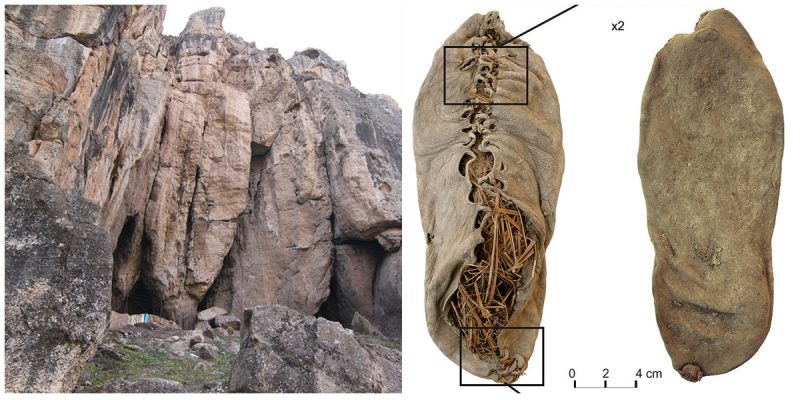
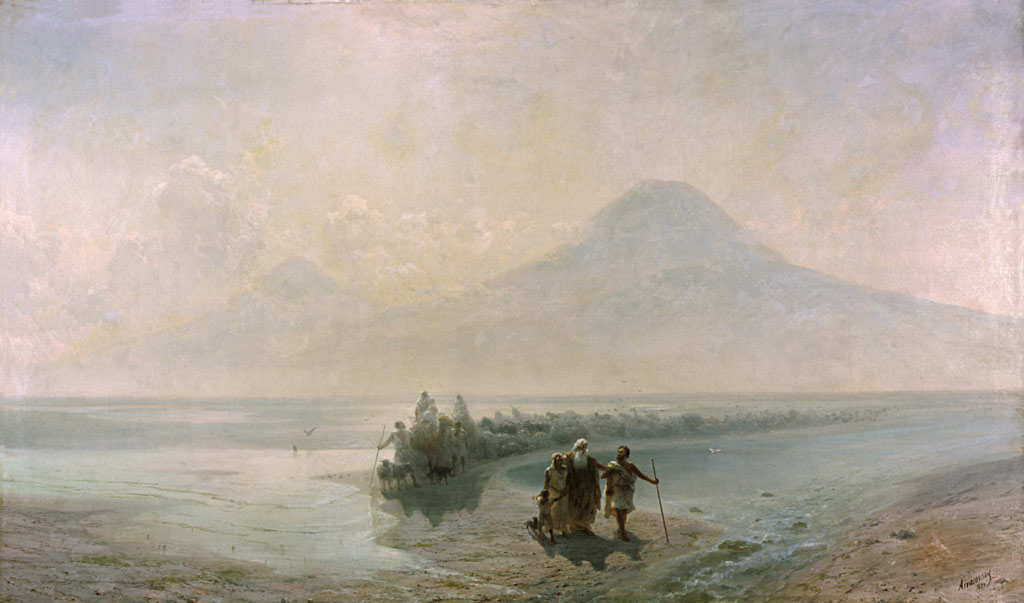
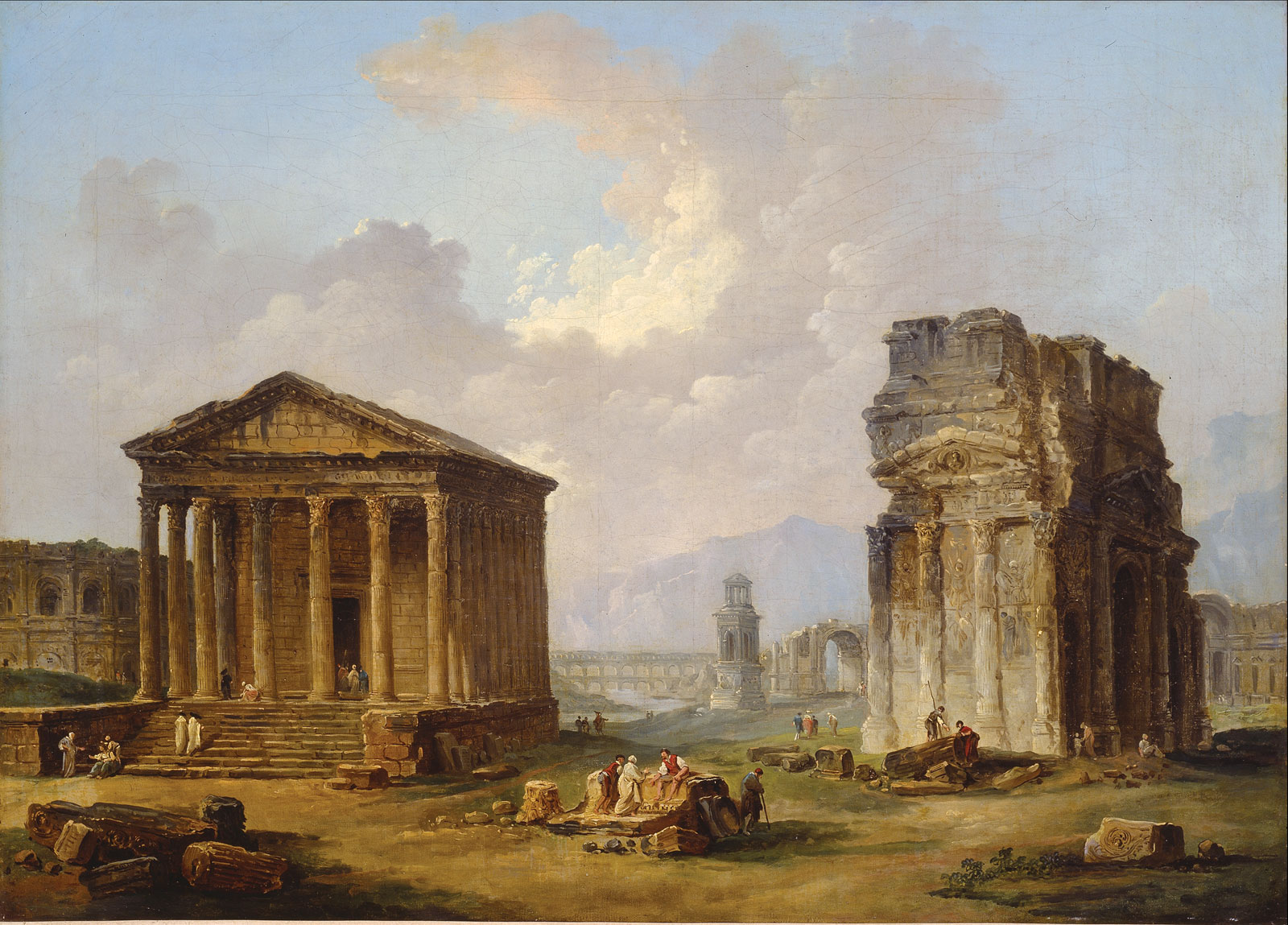

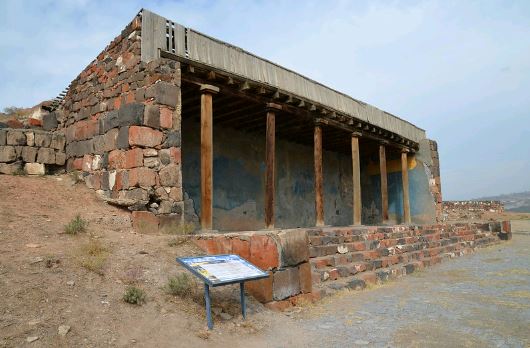
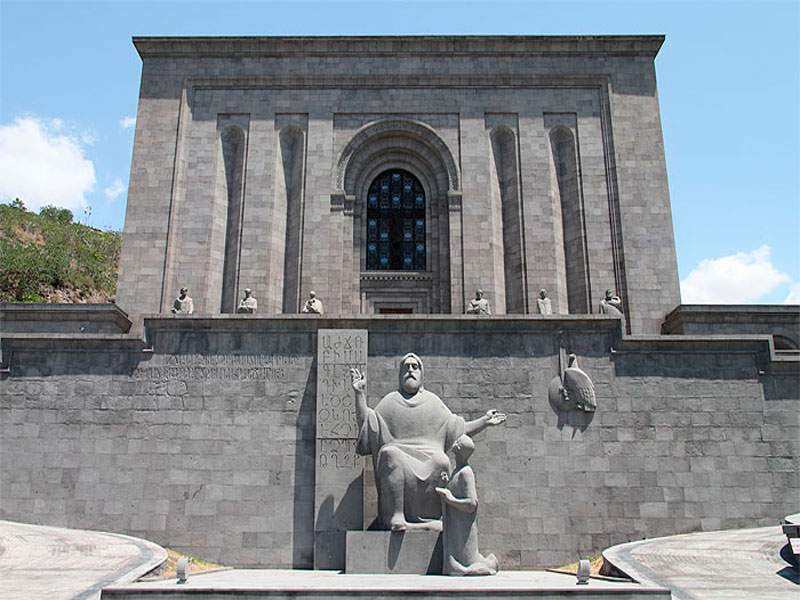
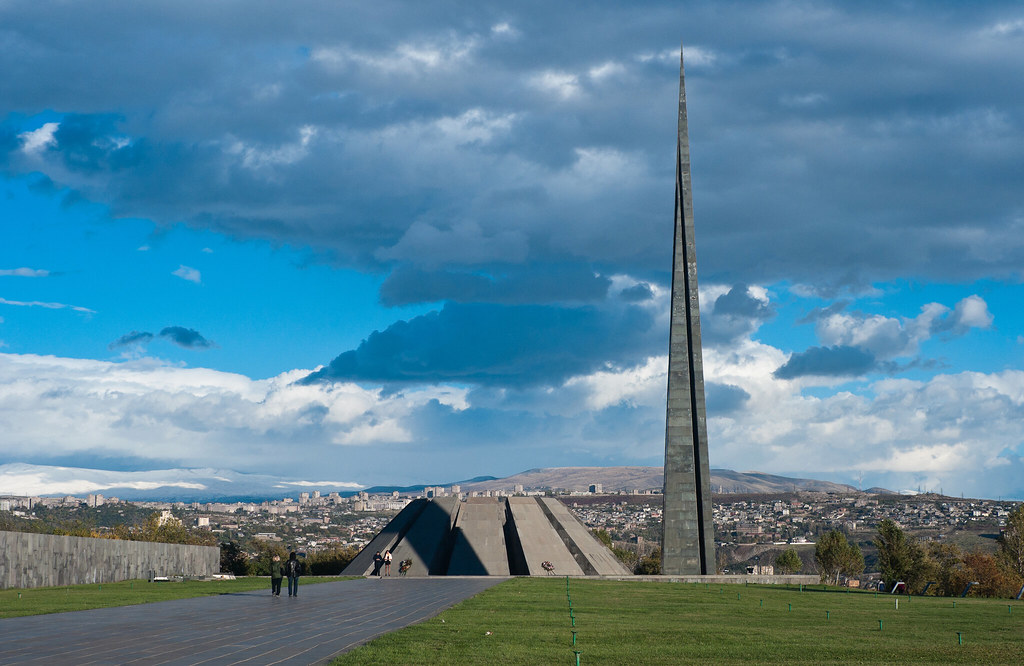

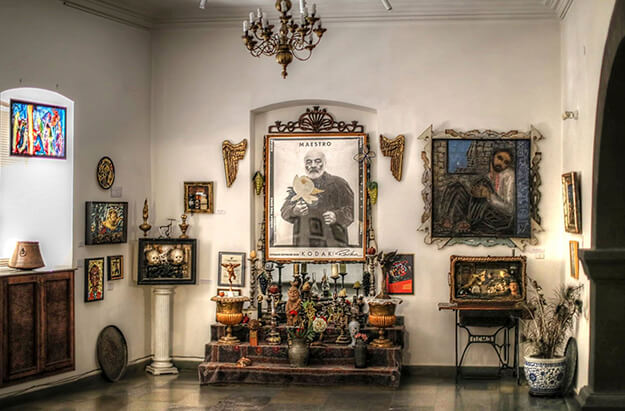
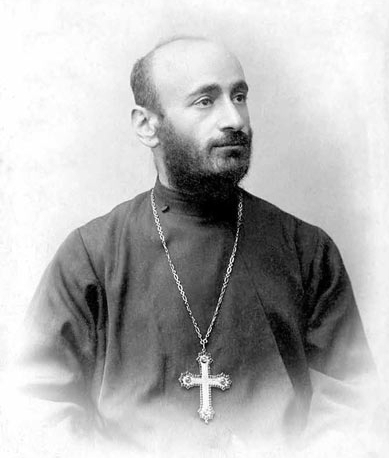
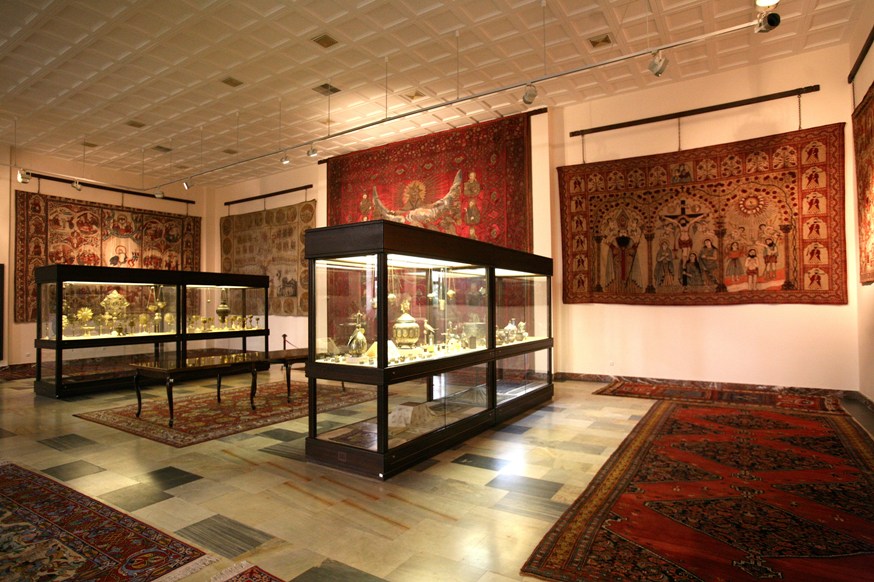
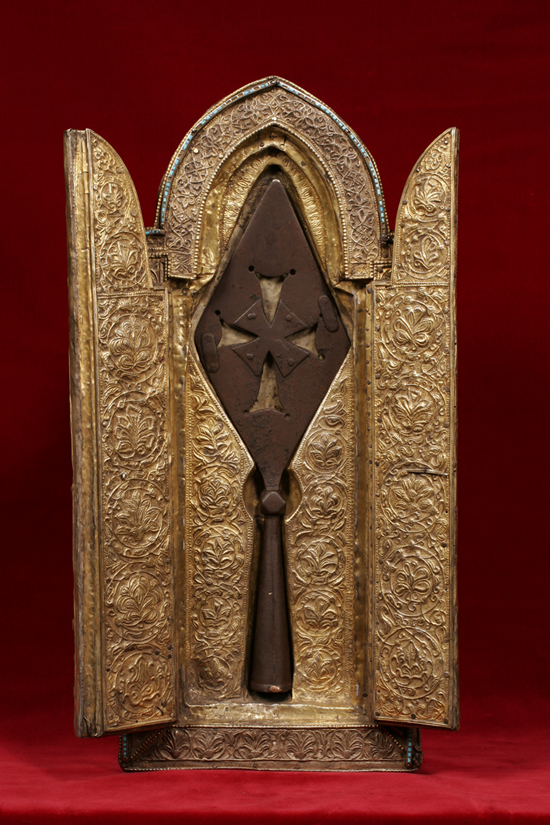

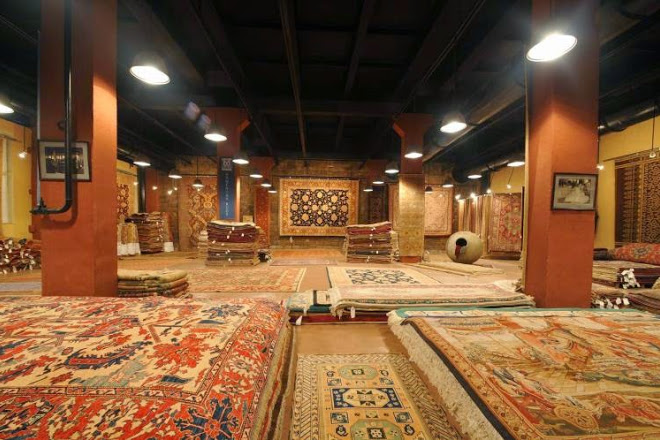

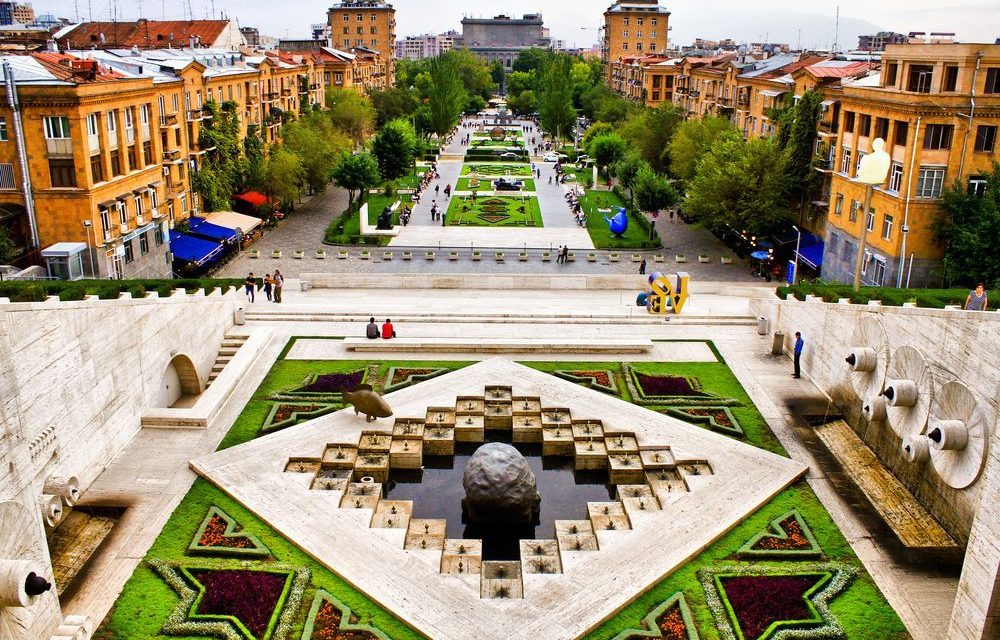
Awesome post! Keep up the great work! 🙂
Great content! Super high-quality! Keep it up! 🙂